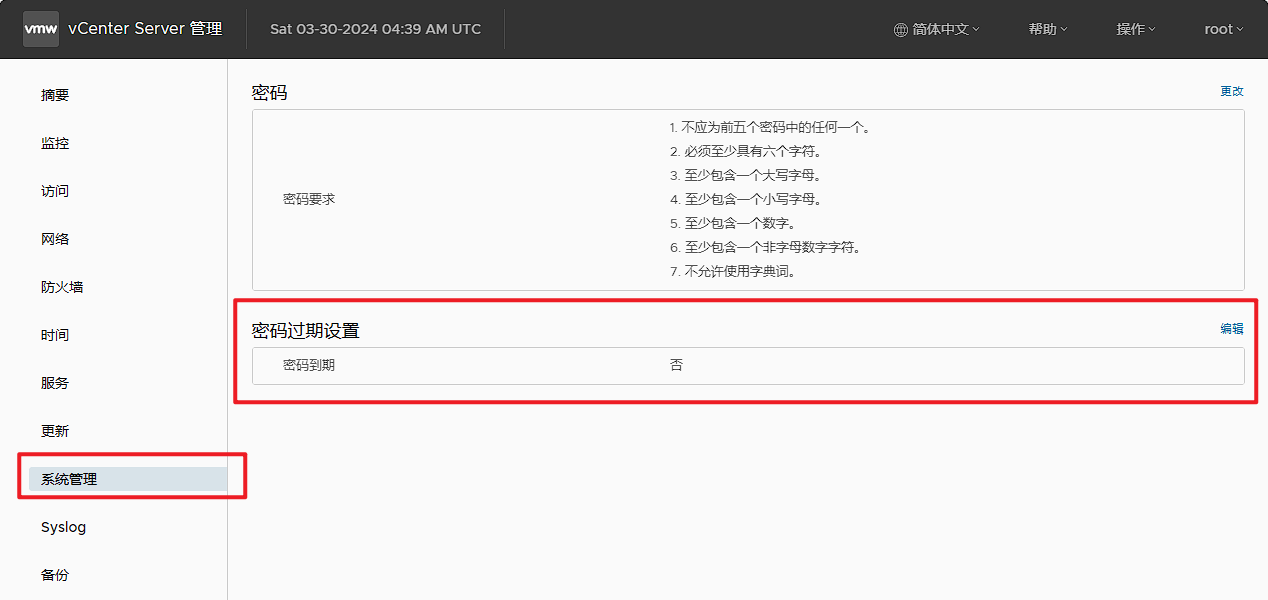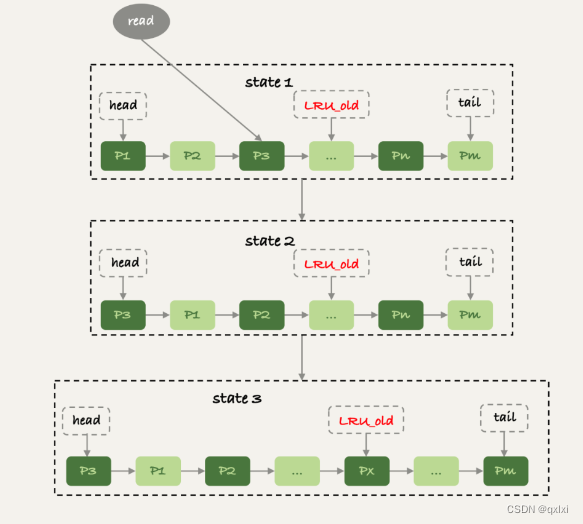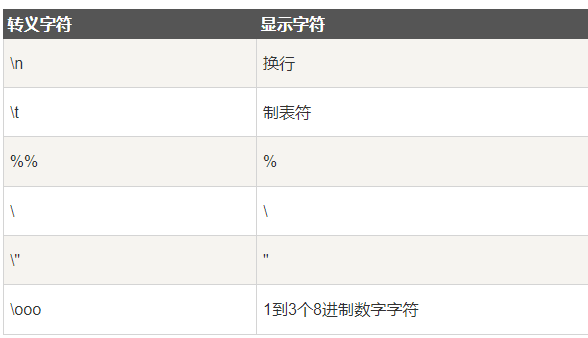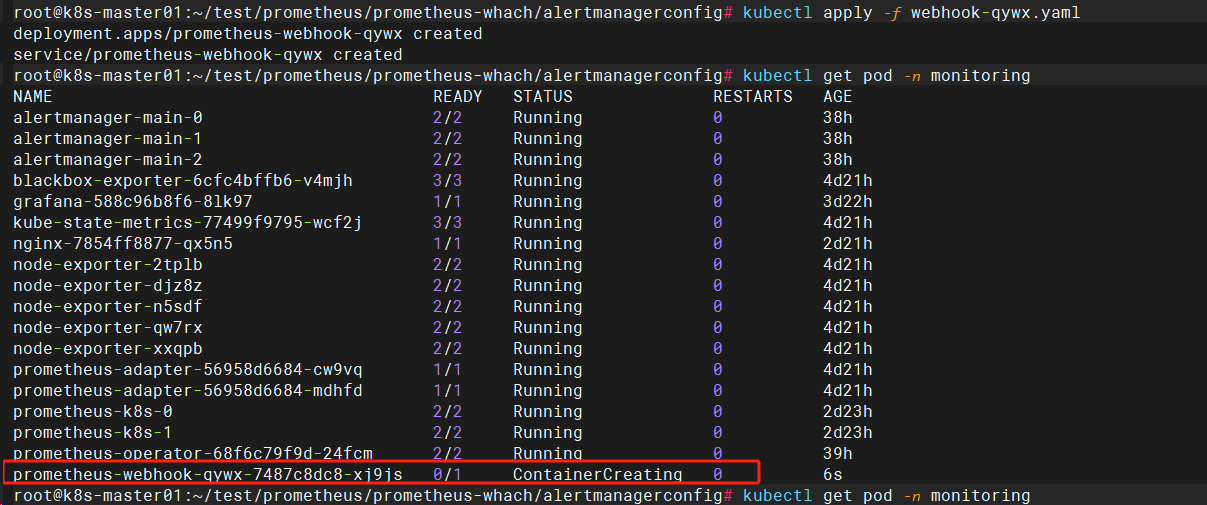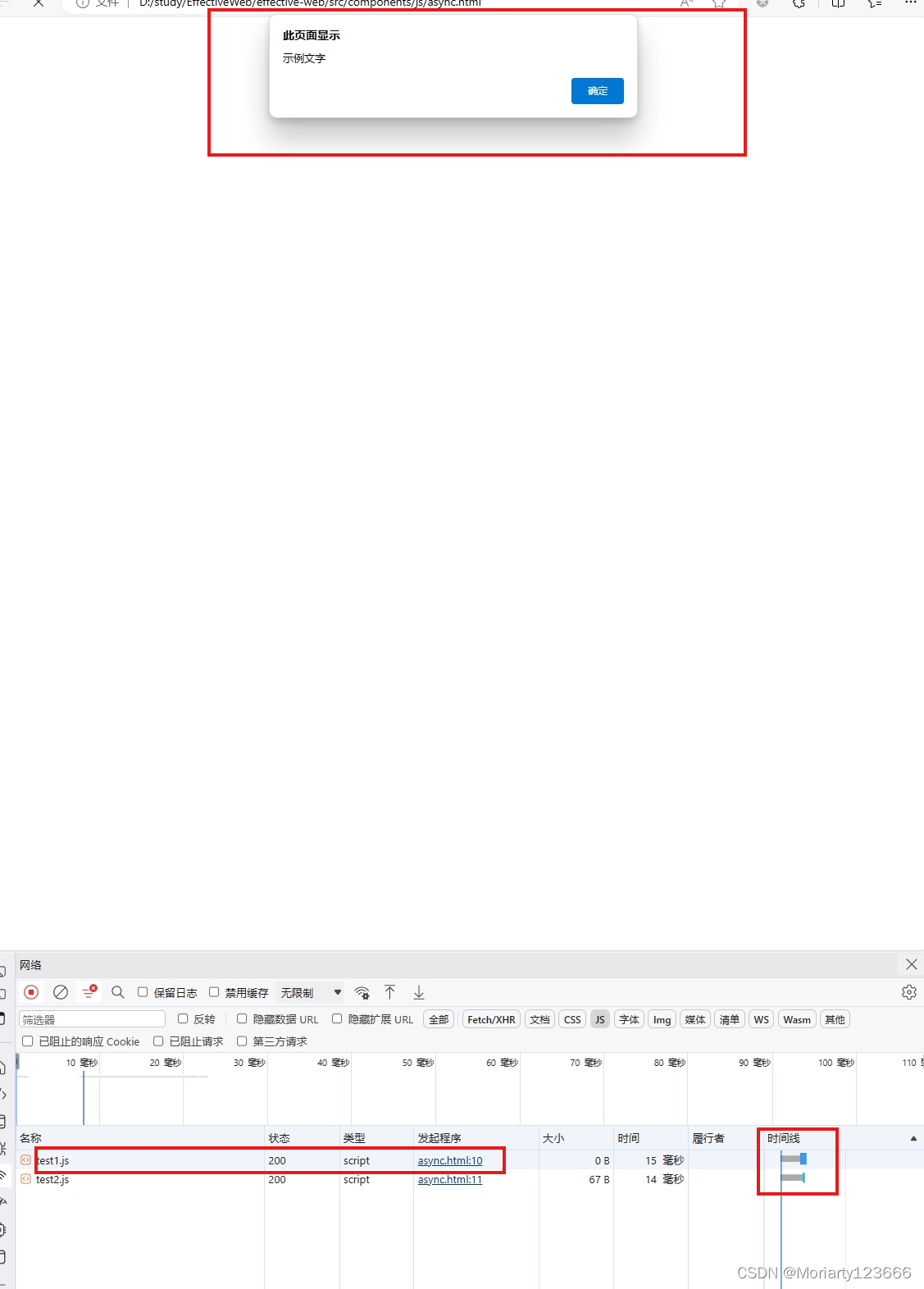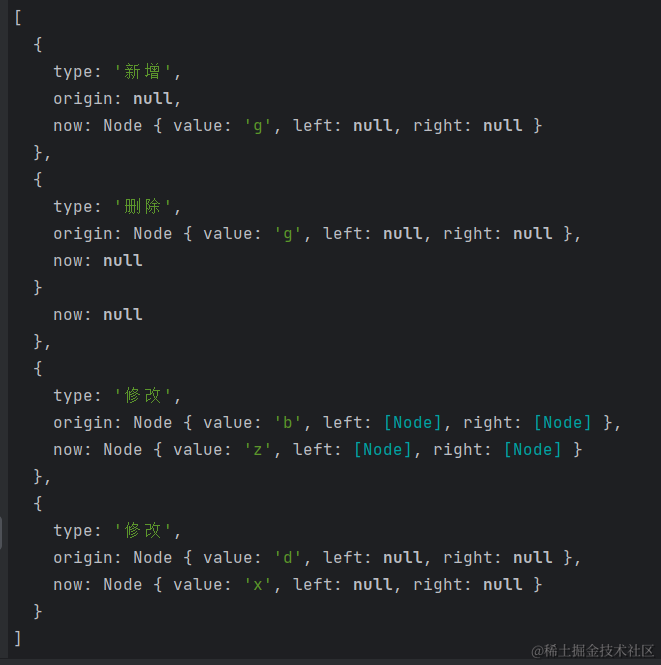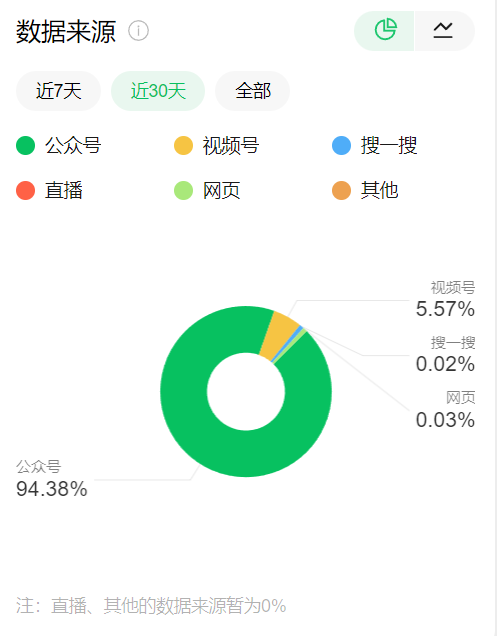一般不建议gitlab-server和gitlab-runner装在同一台服务器
第一步:安装gitlab-runner,最好和gitlab实例版本一致
# 下载官方gitlab-runner安装脚本
curl -L "https://packages.gitlab.com/install/repositories/runner/gitlab-runner/script.rpm.sh" | sudo bash
# 安装gitlab-runner
sudo yum install gitlab-runner
第二步:创建runner实例
一般分为共享型runner和项目型runner
共享型的,任何项目都可使用它来执行流水线
项目型的,只有特定项目可以使用它来执行流水线
共享型的创建,在管理员的管理面板:

项目型的创建,在项目的设置-ci/cd 管理面板:

第三步:注册runner
sudo gitlab-runner register
# 交互式注册,填入生成的token等等...

gitlab-runner在运行时默认使用“gitlab-runner”用户,该用户没有root访问权限,所以对于运行脚本时,某些操作会没有权限,导致流水线失败,需要手动解决。
第四步:项目根目录加入gitlab-ci.yml配置文件
default:
artifacts:
paths:
- dist # 打包产物相对路径(相对于当前项目)
# 定义步骤
stages:
- build
- test
- deploy
# 每个job运行前执行
before_script:
- echo "前"
- echo $(whoami) # gitlab-runner在运行时默认使用“gitlab-runner”用户,该用户没有root访问权限,所以对于运行脚本时,某些操作会没有权限,导致流水线失败,需要手动解决。
- pwd # 每个runner执行时都有自己的工作目录,在gitlab-runner的home空间中 /home/gitlab-runner/builds/xxx
- ls -al
# 每个job运行后执行
after_script:
- echo "后"
- ls -al
# 打包阶段
build-job:
stage: build
tags:
- runner1 # 指定具体runner去执行
script:
- echo "Building the application"
- npm install
- npm run prod
only:
- main
# 测试阶段
test-job:
stage: test
tags:
- runner1
script:
- echo "Testing the application"
only:
- main
# 部署阶段
deploy-job:
stage: deploy
tags:
- runner1
script:
- echo "Deploying the application"
- mv dist/* /usr/share/nginx/html # 移动文件到html文件夹(用到之前定义的打包产物相对路径)
only:
- main


